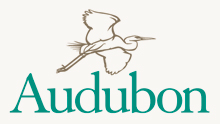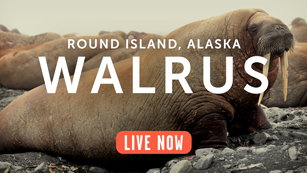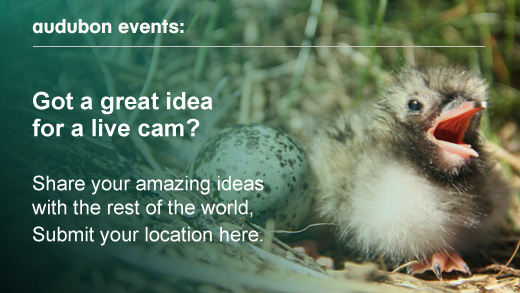
audubon puffin burrow
Best Viewing Hours
7am - 8pm ET (until we add an infrared light source and then 24/7)
Learn More & Get Involved
· Join Audubon
· Subscribe to Audubon Wingspan
· Learn about our Audubon Camp
· Adopt-A-Puffin
· Project Puffin Visitor Center
· Puffin Watching Tour
This Osprey nest is perched atop a 30 foot tower located at the Audubon Camp in Maine on Hog Island. Atlantic Puffins spend most of their time at sea—coming to land each spring to breed in colonies on northern seacoasts and rocky islands, like Seal Island in Maine, home to the puffins visible on our live cam. These colorful pigeon-sized birds lay one egg in their burrow homes, with the male and female sharing incubation duties for approximately 39-43 days. After the chick hatches both parents feed it fish for approximately 45 days. After that the “puffling” is large enough to fledge (leave the nest.)
Puffins are excellent swimmers, using their wings to essentially ‘fly’ underwater while using their feet as rudders. They eat a variety of small fish including herring, hake, capelin and sand lance. Puffins do not come to land outside of the breeding season, flying, swimming or riding the ocean surface throughout the year regardless of weather. The Atlantic Puffin is the only species of puffin found on the Atlantic coast. The three other species of puffin are found only in the Pacific.
-
topic: puffin
-
location: seal island
bird cams: audubon puffin burrow

Atlantic Puffins spend most of their time at sea — coming to land each spring to breed in colonies on northern seacoasts and rocky islands, like Seal Island in Maine, home to the puffins visible on our live cam. These colorful pigeon-sized birds lay one egg in their burrow homes, with the male and female sharing incubation duties for approximately 39-43 days. After the chick hatches both parents feed it fish for approximately 45 days. After that the “puffling” is large enough to fledge (leave the nest.)
Puffins are excellent swimmers, using their wings to essentially ‘fly’ underwater while using their feet as rudders. They eat a variety of small fish including herring, hake, capelin and sand lance. Puffins do not come to land outside of the breeding season, flying, swimming or riding the ocean surface throughout the year regardless of weather. The Atlantic Puffin is the only species of puffin found on the Atlantic coast. The three other species of puffin are found only in the Pacific.
about
location: Seal Island, Maine
best hours: 24/7 (with infrared lighting)
time zone: Eastern Time
| links: | Join Audubon |
| Subscribe to the Audubon Newsletter |
|
| Learn about our Audubon Camp | |
| Support Project Puffin |
|
puffin blog
Visit our blog for regular updates, photos and video highlights from Seal Island National Wildlife Refuge in Maine. Also subscribe to our RSS feed available here.
Best Viewing Hours
7am - 8pm ET (until we add an infrared light source and then 24/7)
Learn More & Get Involved
· Join Audubon
· Subscribe to Audubon Wingspan
· Learn about our Audubon Camp
· Adopt-A-Puffin
· Project Puffin Visitor Center
· Puffin Watching Tour
This Osprey nest is perched atop a 30 foot tower located at the Audubon Camp in Maine on Hog Island. Atlantic Puffins spend most of their time at sea—coming to land each spring to breed in colonies on northern seacoasts and rocky islands, like Seal Island in Maine, home to the puffins visible on our live cam. These colorful pigeon-sized birds lay one egg in their burrow homes, with the male and female sharing incubation duties for approximately 39-43 days. After the chick hatches both parents feed it fish for approximately 45 days. After that the “puffling” is large enough to fledge (leave the nest.)
Puffins are excellent swimmers, using their wings to essentially ‘fly’ underwater while using their feet as rudders. They eat a variety of small fish including herring, hake, capelin and sand lance. Puffins do not come to land outside of the breeding season, flying, swimming or riding the ocean surface throughout the year regardless of weather. The Atlantic Puffin is the only species of puffin found on the Atlantic coast. The three other species of puffin are found only in the Pacific.
- channel: bird cams
- cam:
- location:


























































































Close